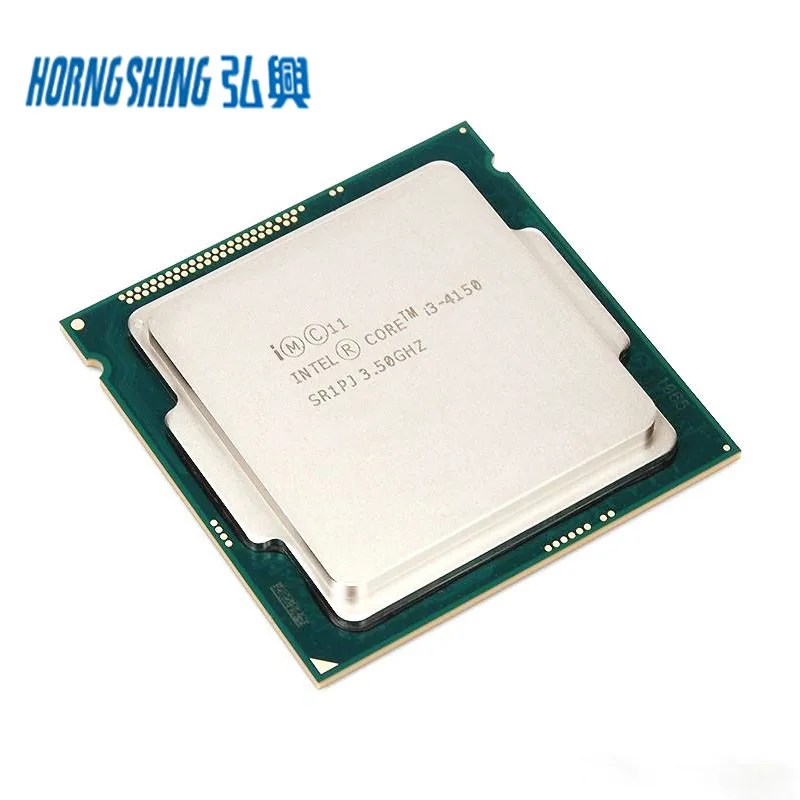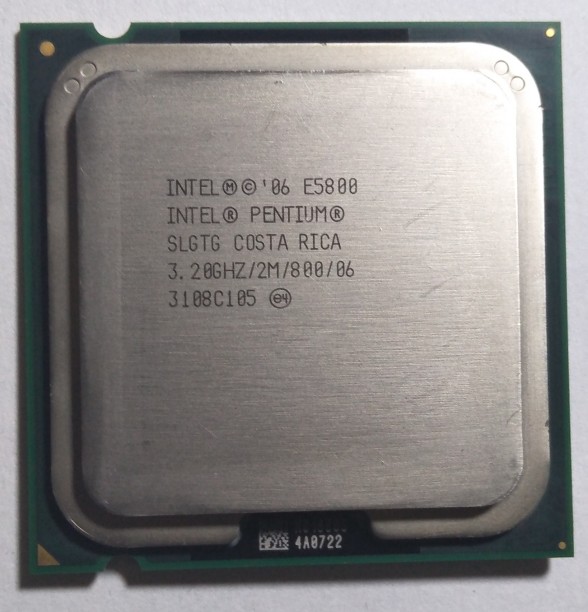

In other words, the clock gate of the processor is opened and closed 1 billion times in 1 second. Simply put, 1 GHz of a processor means it takes 1 billionths of a second to complete a calculation. The processing power of a processor is calculated as a fraction of a millionth of a second. The faster the door opens and closes, the faster the instruction process.

The door of this clock will open and close as many times as 0 and 1 will come and go. Clock frequency is the amount of clock speed of a processor through which all the signals of 0 and 1 come and go. The processor is like a door called a clock. The processing power of a processor depends on its clock frequency. Ordinary desktop computers or laptops are capable of displaying results by completing any instruction in 1 million parts of 1 second, which supercomputers can do in 1 billion parts of 1 second. Processes the user's input with the appropriate program or application, publishes the results to the user, and processes everything until it is stored on a storage device. Every computer needs a processor to make it work, just like a human brain needs to work, whatever the computer is big or small.


 0 kommentar(er)
0 kommentar(er)
